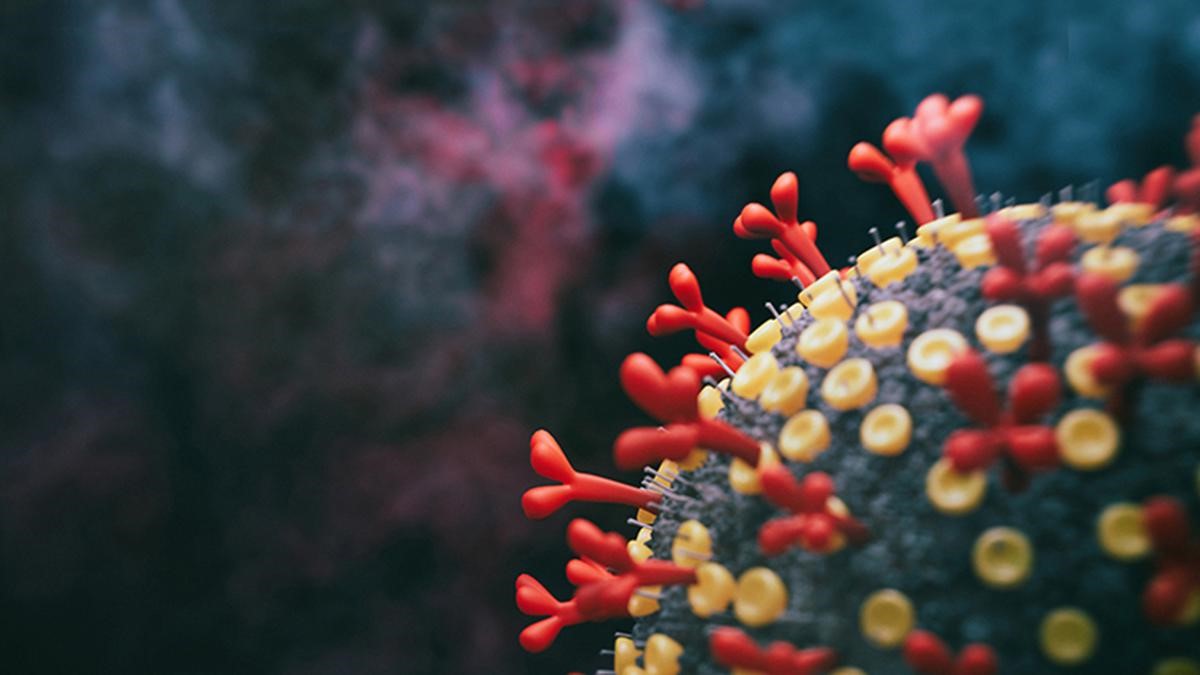Free Courses Sale ends Soon, Get It Now


Free Courses Sale ends Soon, Get It Now



Source: Hindu
Disclaimer: Copyright infringement not intended.
Context
Details
About IRPs
Impact:
Examples of Pathogens Covered:
Descriptors for Airborne Transmission:
About Pathogens
Types of Pathogens:
Viruses
Bacteria
Fungi
Parasites
Prions
Pathogen Lifecycle:
Host-Pathogen Interactions:
Emerging Pathogens:
Impact of Pathogens:
Control and Prevention:
Sources:
|
PRACTICE QUESTION Q. Understanding pathogens and their characteristics is essential to mitigate their impact on public health, agriculture, and society. Comment. (250 Words) |
© 2024 iasgyan. All right reserved